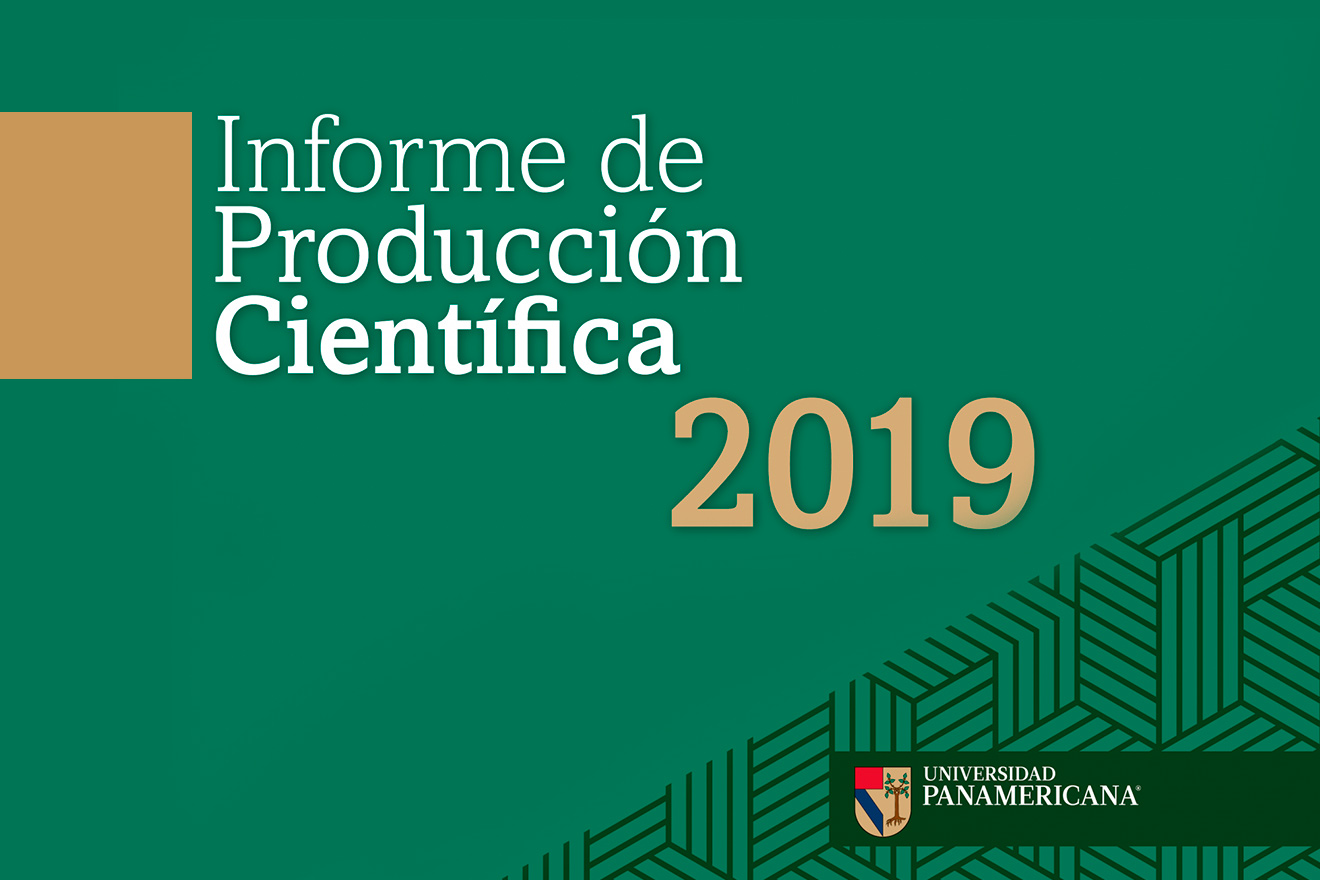Mexico City, November 24, 2023.- In order to engage in a dialogue on Mexicanness from a female perspective, bringing to light the life, work, thought and history of three relevant women in the history of Mexico: Malintzin (Malinche), Isabel de Castilla and Sor Juana Inés de la Cruz; and in the framework of the International Day for the Elimination of Violence against Women, was held in the facilities of theUniversidad Panamericana the panel discussion Fundamentals of Mexicanity from the feminine point of view.
This event was attended by Dr. Sandra Anchondo. Dr. Sandra AnchondoLaura Gómez Contreras and Dr. Marian Lozano Véliz, academics of our house of studies and researchers of the history and philosophy of our country, who spoke about the relevance of studying the history of our country and approached it from these three women who represent Mexican femininity.
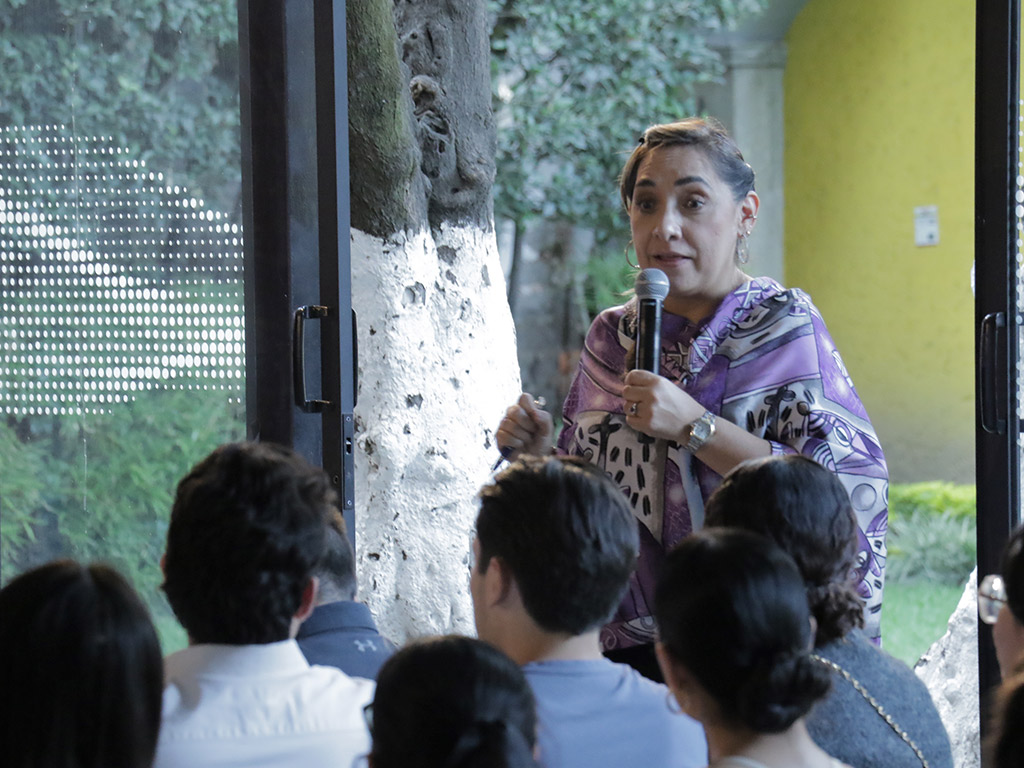
The truth about Malintzin
To begin with, Dr. Lozano stressed to those present the use of history from a feminine point of view: "History is nothing more than the science of men in the past, but it must have a presentist interest. In this sense, we seek to recover the matria of Mexicanity".
After this, he began by talking about Malintzin, who, according to Lozano, has been allegorically considered as the worst maternal ward of Mexicanity. However, he explained to the audience that this perspective is erroneous: "It was presented to us from a Manichean, patriarchal vision and without a historical foundation to support it (...), tainted by treason and lust or the abandonment of rape". Likewise, he listed different works in which this woman was named as a traitor.
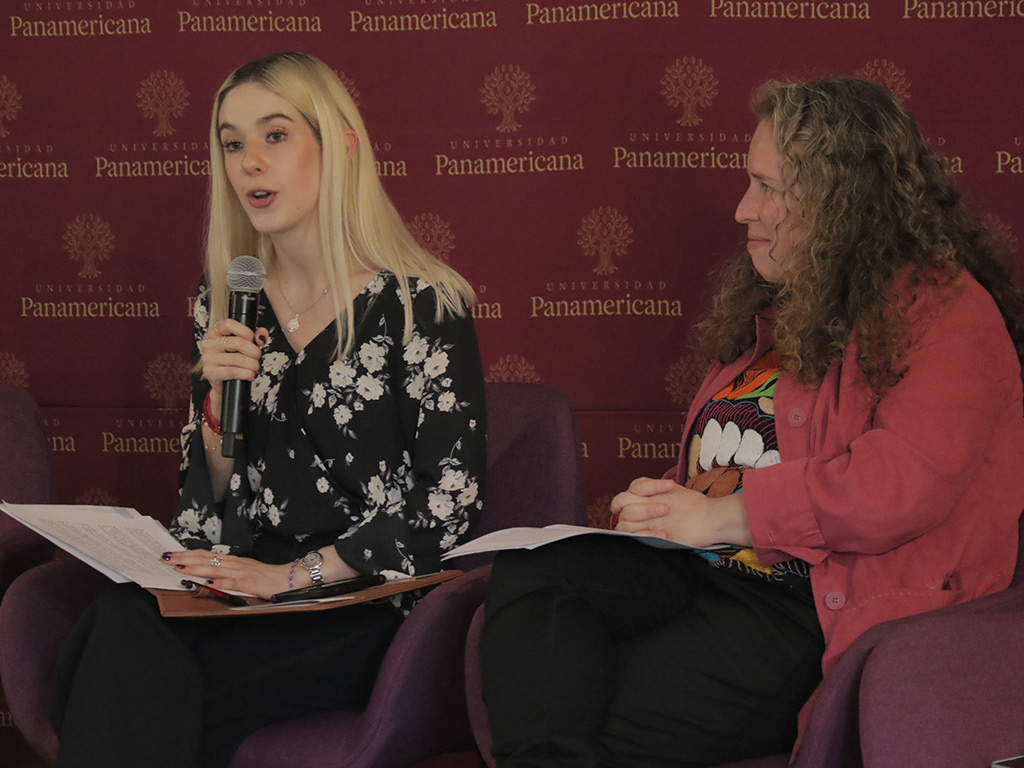
In this way, he clarified the true story of Malintzin, whose initial name was not that but who, after becoming the first Mexican person to be baptized, was named Marina, a name that was adapted to Nahuatl as Malintzin, with "tzin" at the end, meaning veneration and respect. She also clarified that the name "Malinche" did not belong to her, but to Cortés, because he was considered her captain or owner, since she was programmed to serve when she was sold as a slave.
In addition to this, he mentioned how Bernal Díaz del Castillo, Spanish conquistador, wrote in a different way about Malintzin: "Malintzin in all the wars of New Spain, Tlaxcala and Mexico, was an excellent woman with a good tongue, who was always with Cortés (...) she was always lively and boisterous, she was a woman of the earth and with manly effort, which meant that she was strong and brave".
After explaining the truth about Malintzin, a woman who was a bridge of peace and who tried to avoid more bloodshed through her translations, Lozano invited the public to change their vision of her: "today it is time to make a presence and vindicate Malintzin as the motherland of Mexicanity".
"In her time she was an example of virtue and fortitude of the Mexican woman. She was neither heroine nor villain, neither prostitute nor traitor, neither goddess nor slave, just a woman of her time who knew how to face her circumstances as the great ones know how to do, thus giving rise to a lineage of exceptional women and men," she added.
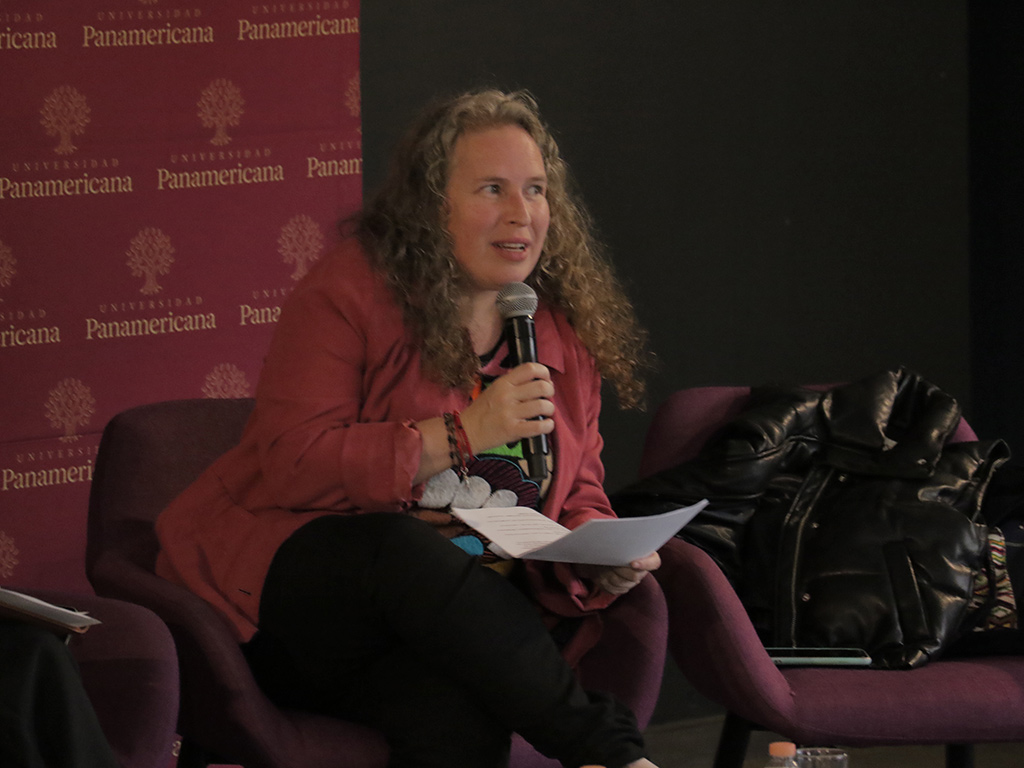
Isabella I of Castile, a woman ahead of her time
Continuing with the program, Ms. Gómez began the conversation about Isabella I of Castile, better known as Isabella the Catholic. She indicated that Isabella was seen as the exemplar of a woman ruler, who rose to power after the death of her brother, facing a throne that was in ruins and divided; that thanks to her strength, intelligence and her vocation for justice and mercy, she achieved the unification of Castile.
In his presentation, Gómez spoke about how Castile managed to bring about the greatest period of splendor for Castile in all its history: "Isabel was in favor of treating the natives with justice and equity, considering that this protection came from a mandate from God. In that sense, it was thanks to her philosophy and idiosyncrasy that a whole legal regime was structured to protect and protect the natives".
The academic was in charge of emphasizing how Isabel was the first woman to be concerned about the welfare of the Indians, since one day, upon seeing how they were chained and treated, she took it upon herself to abolish their slavery. She also explained that even after her death, her philosophy was still valid, giving rise to a Dominican movement and asking her husband not to let her American peoples fall into slavery.
He also spoke about how Isabel de Castilla represents our Castilian element: "She represents the Castilian element of our Mexicanness, a woman ahead of her time, brave, prepared, intelligent, strong, but above all just (...), her history is living proof of the survival of indigenous communities".
To conclude, Gómez reflected on Mexico's current situation: "The Mexican people is largely a product of the justice, equality, intelligence and goodness of an exceptional woman, who demands to be identified as the Castilian element that defended the indigenous element, providing for our national construction.
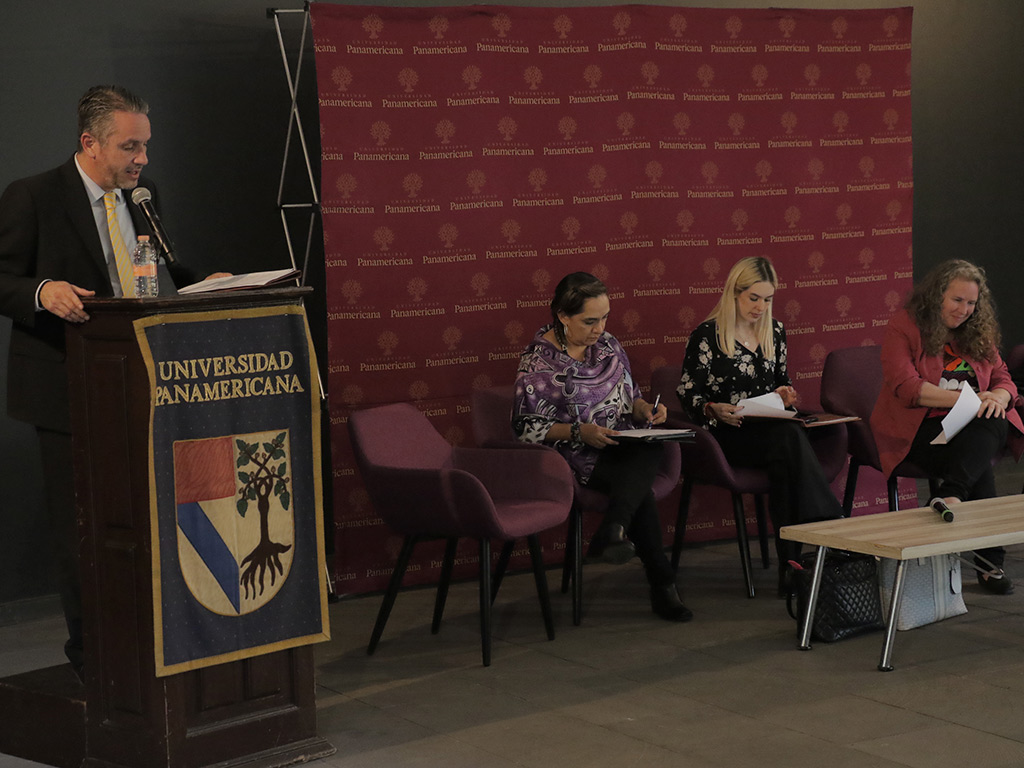
Sister Juana Inés de la Cruz
Dr. Anchondo then began her talk on Sor Juana Inés de la Cruz. First, she established the image commonly held about Sor Juana: "She is either a victim or a rebel, she is a woman who rebels against submission and subordination and says that she will not marry, that she prefers to be a free nun," she said.
After this, she clarified that, as with the other two women in the history of our country, the image of Sor Juana is full of myths, so it is necessary to disprove them in order to clarify who she really was. Some of these myths, he mentioned, are her hatred for Aristotle, that she dressed like a man or that she joined the convent because she was fleeing from men who oppressed women in marriage.

Anchondo gave information about her origin, making it known that she was the daughter of a Creole woman and a Basque military man. He also spoke of her childhood, in which Sor Juana grew up in her grandfather's hacienda, where she began to read Greek, Latin and Spanish classics. Thus, she pointed out that with this interest in knowledge, Sor Juana was encouraged by Leonor Carreto, vicereine of New Spain, who knew how to identify her intellectual potential.
He also indicated: "In the context of Sor Juana, women could not go to university, so her best alternative was to become a nun and continue to soak up knowledge, so in 1669, with the help of Leonor, she entered the Carmelite convent".
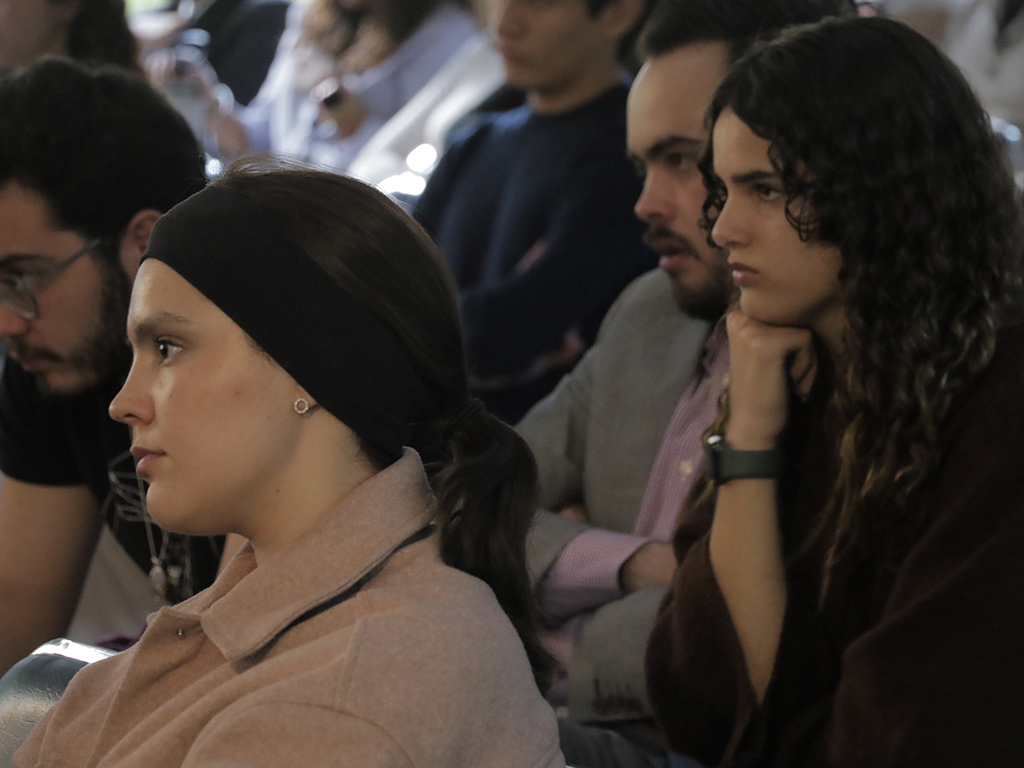
To conclude the discussion, Dr. Anchondo reflected on how Sor Juana, in a complicated environment, knew how to take advantage of the opportunity she was given, using her intellect and writing the poetry she wanted: "Sor Juana somehow mocks obedience, she rides the tiger, rides the system and does what she really wants," she concluded.
Learn more about the research work of our academics at: https://www.up.edu.mx/investigadores-panamericana/






